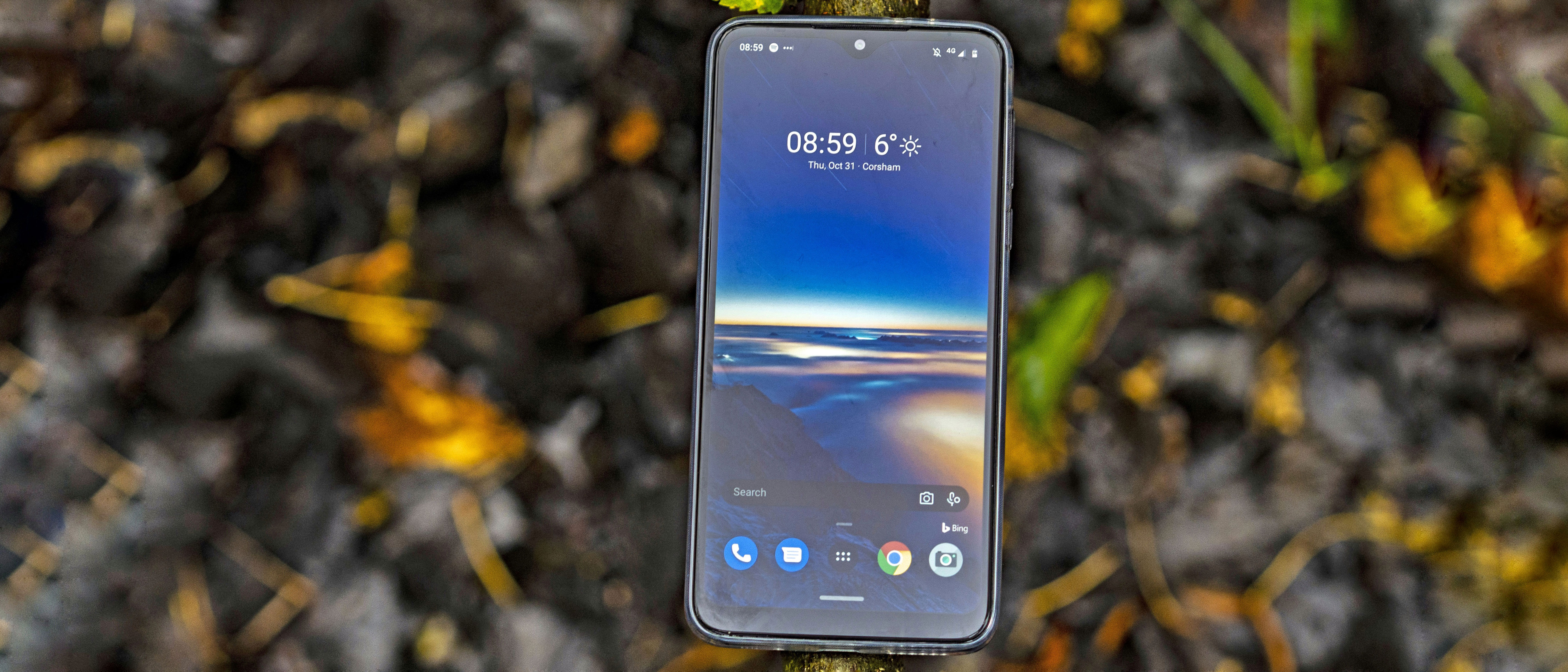Why you can trust TechRadar
Battery life
- 4,000mAh battery with 10W fast charging
- Easily lasts more than a day of moderate use
With a relatively large 4,000mAh battery pack tucked away inside its plastic shell, and a relatively modern processor doing the heavy lifting, we were quite optimistic about what the battery life achievable by the Motorola One Macro could be.
In short, it is very good - it seems at least in small part this is due to optimizations on the part of the manufacturer.
Starting a typical day, rising at 7am, taking calls and messaging throughout the day, playing a few light games and listening to music on the commute, by 10pm we found that it had around 45% in the tank.
This is a very strong showing, made only more positive by the very low standby power draw, with the device only dropping a few percentage points per night when away from the charger.
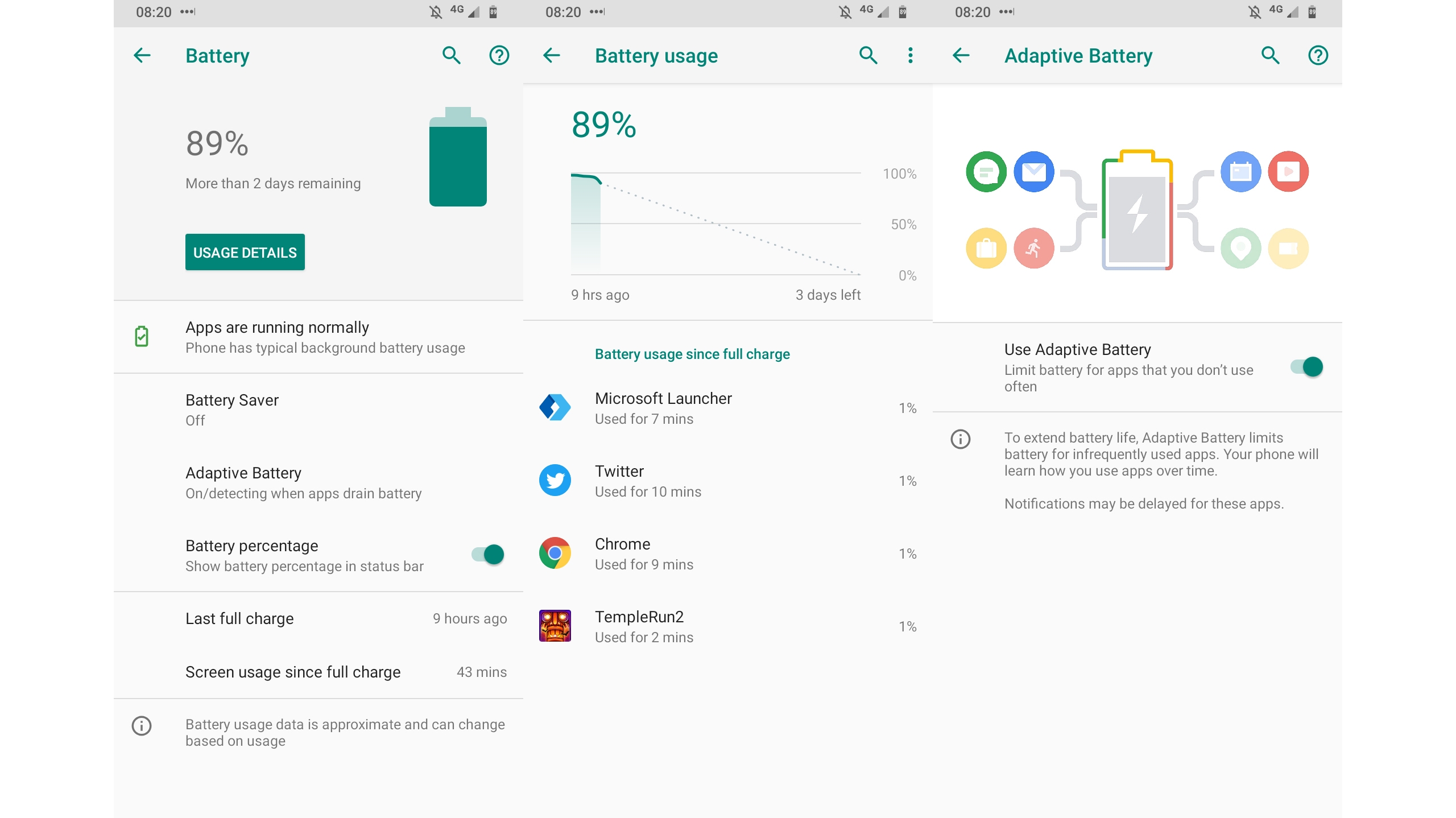
In short, this is a very dependable device and should likely have no trouble making it through the average working day.
Running the TechRadar battery test (a full resolution video, played over Wi-Fi on maximum brightness for 90 minutes), we saw a drop from 100% to 85%, which isn’t the best in the category (enter the Moto G7 Power), and which suggests that video playback isn’t the strong suit of the device, though this isn’t to say that it is bad by any measure.
A pleasant inclusion in the box with the Motorola One Macro is a 10W charger, which isn’t quite as fast as the likes of the Realme X2 Pro gets to enjoy, however it is a step above the average 5W charger shipped with most budget devices.
Camera
- 13MP main lens, 2MP macro lens and 2MP depth sensor
- Camera performance is consistently poor
It has been said already that the camera is marketed as the key feature of this device, it is even in the name: Macro. The Motorola One Macro then lives and dies by the execution of this key element, is it up to snuff?
Starting with the camera app itself, it is as easy to navigate as you might expect from a modern smartphone. Swiping up and down allows the user to navigate between different modes, including ‘Macro’ mode, and an intelligent scene-analyzing ‘AI’ will make suggestions based on what it sees.
Down the left side of the viewfinder can be found toggles for the likes of motion photos, HDR and more. In all, it is a simple app, and all the better for it.
What then of the photo quality?
Let’s just say that it is nothing to write home about, it might even be uncharitably described as just plainly bad. Underwhelming is something that it also certainly is, and in every lighting condition.
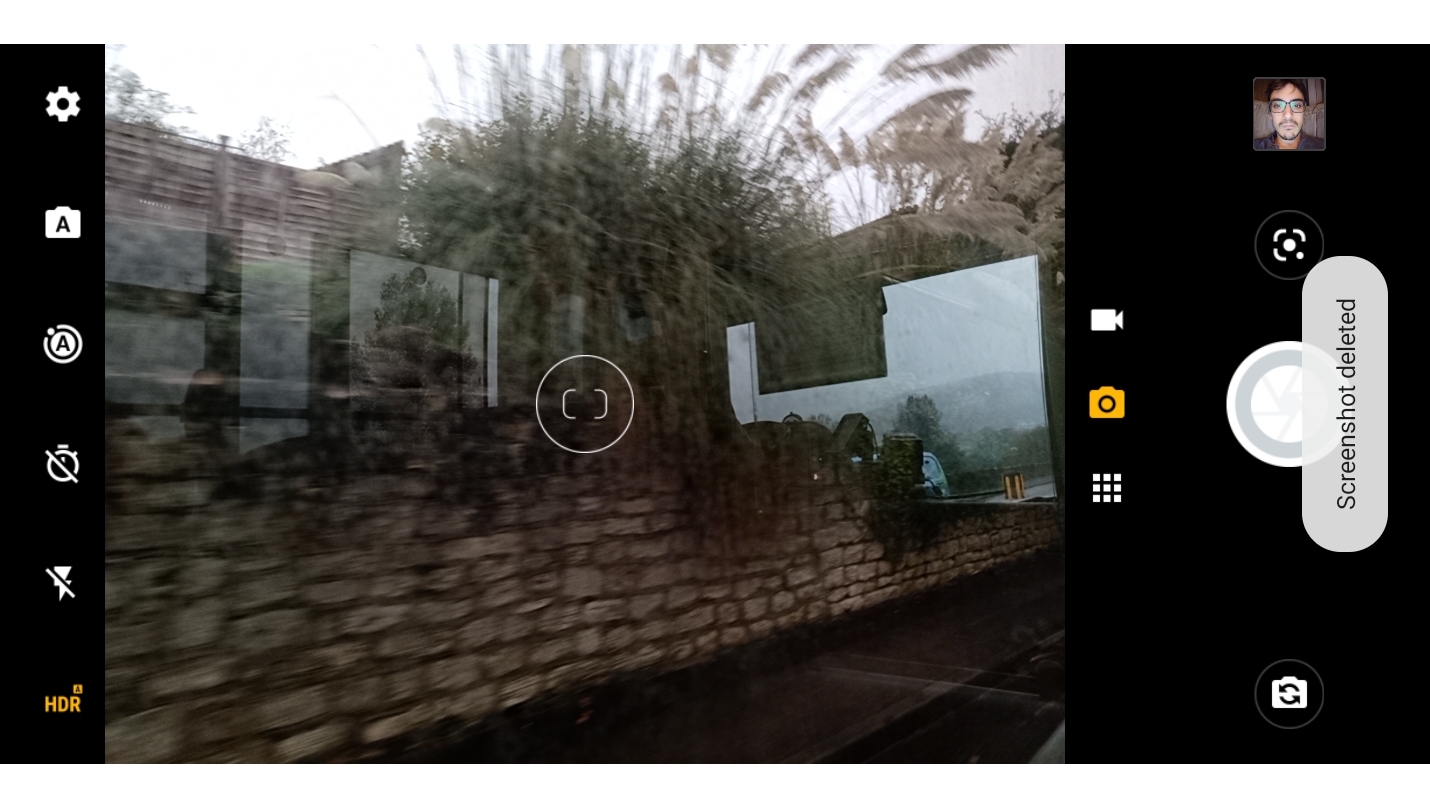
In perfect lighting, the main strength of the camera system is its reproduction of colors, which tend to be pleasantly warm. The HDR too is tasteful, flattening the contrast of an image to save its highlights, but not at the expense of its overall warmth and saturation.
It is a shame that detail retention then is some of the worst we have seen for years. Even the Moto E6 Plus, selling for at least £80/$50 less than the One Macro, sports better performance in this area. Shots are noisy and lacking in any sort of definition, looking for all the world like something taken by a smartphone from 2013. Not bad, but certainly not good by any stretch of the imagination.
Night photography of any description is completely out of the question, the device struggles to focus and the produced results are pixelated and terrible.
As for the macro feature, it must be asked why this was shoehorned into a device that neither benefits from its presence nor performs the task well.
Macro photography, beyond requiring specialist equipment, demands patience and time. Mobile phone photography is the antithesis of this, requiring snap-second judgements and framing - and here the two concepts therefore gel poorly.
For proper macro images, it is difficult to get the correct lighting, given that with the phone so close to the subject in question it casts a shadow. The produced results are then poor in themselves, lacking saturation and detail - though this last point is a hangover from the fact that the sensor sports only 2MP to call its own.
The selfie camera fares a little better, though the inbuilt ‘beauty’ feature produces the typical ‘horrifying waxwork’ effect that we all know and love to hate.
Camera samples
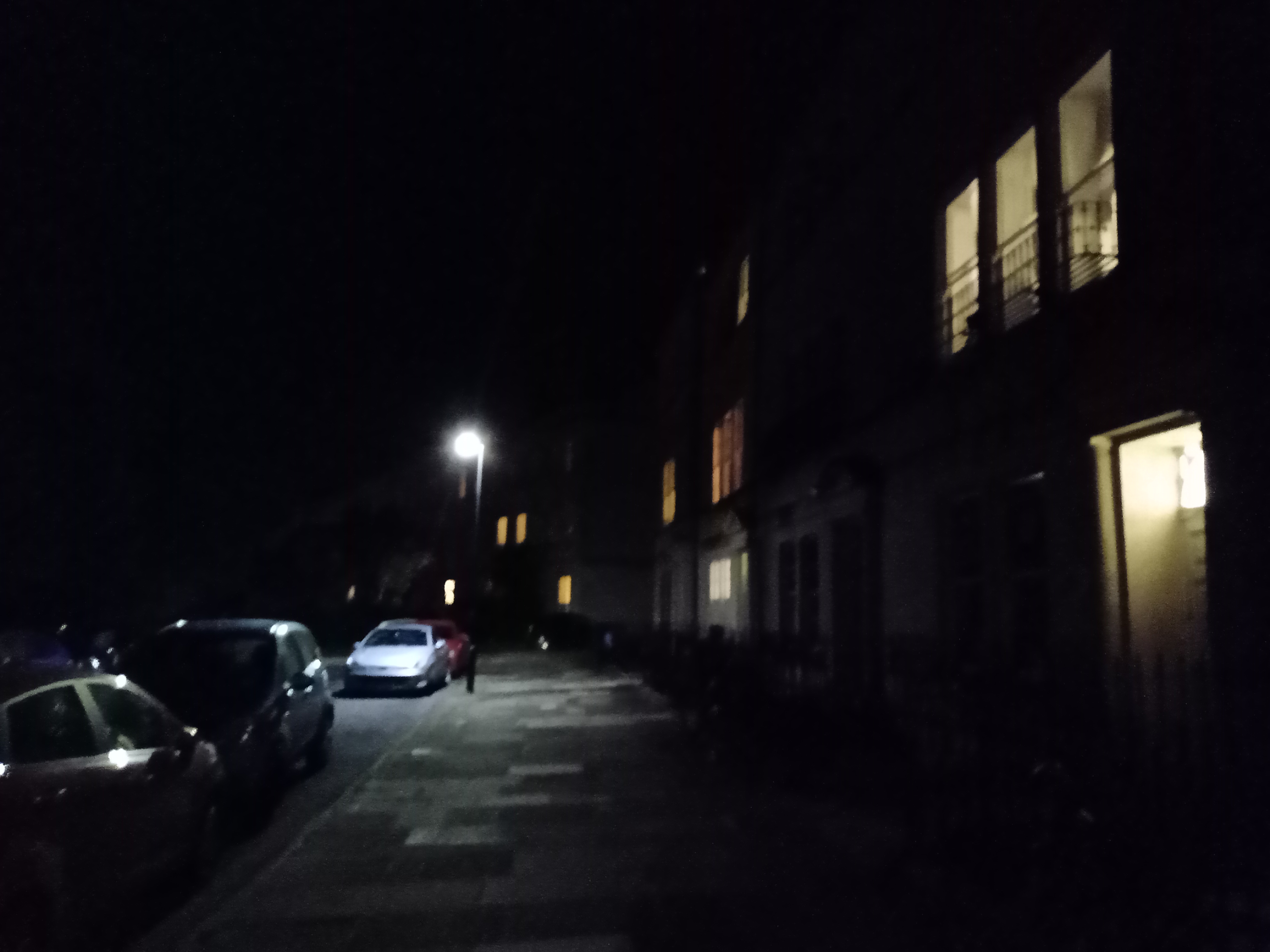
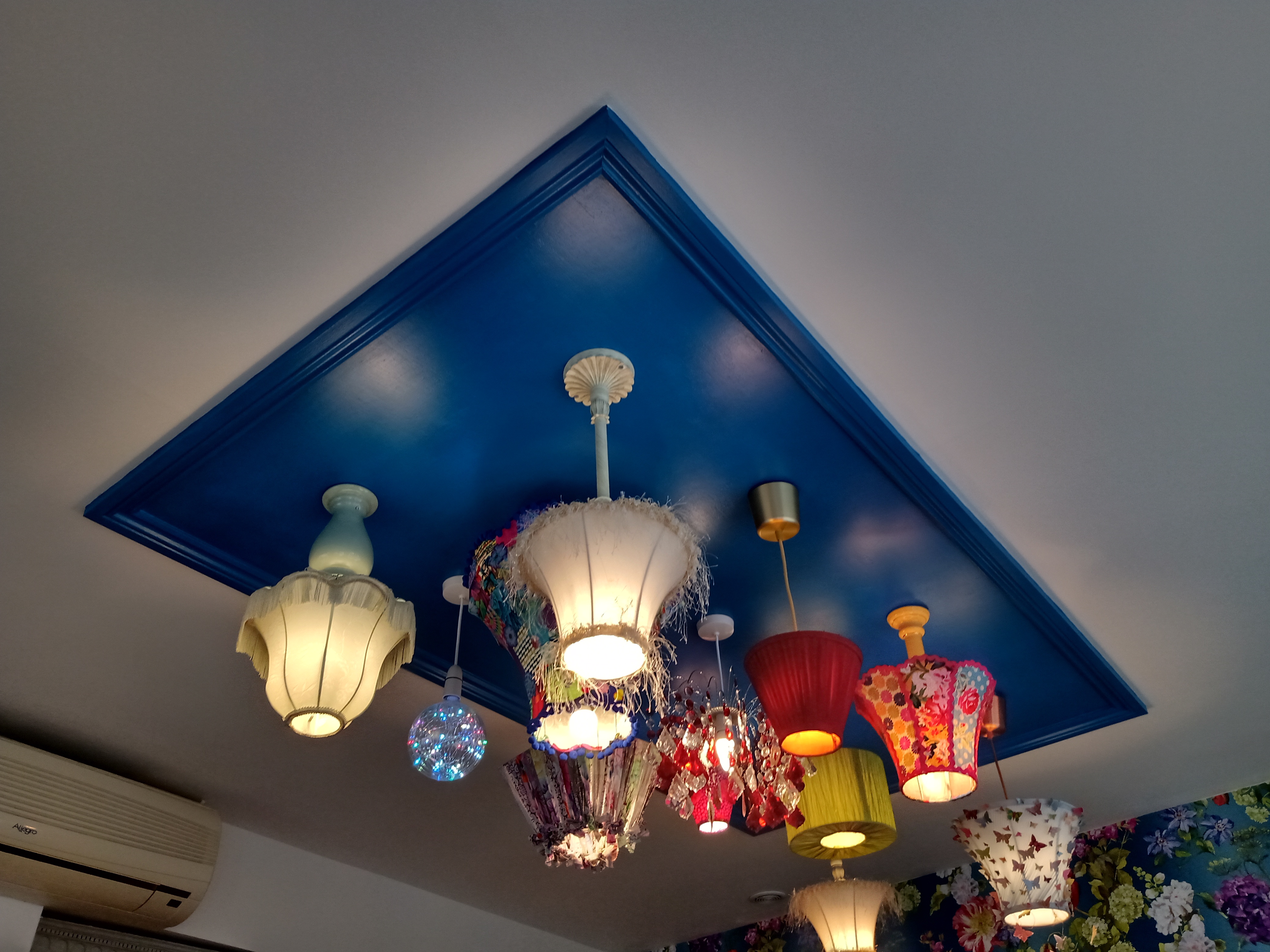



Current page: Battery life and camera
Prev Page Introduction, key features and design Next Page Anything else I should know?Sean is a Scottish technology journalist who's written for the likes of T3, Trusted Reviews, TechAdvisor and Expert Reviews.
